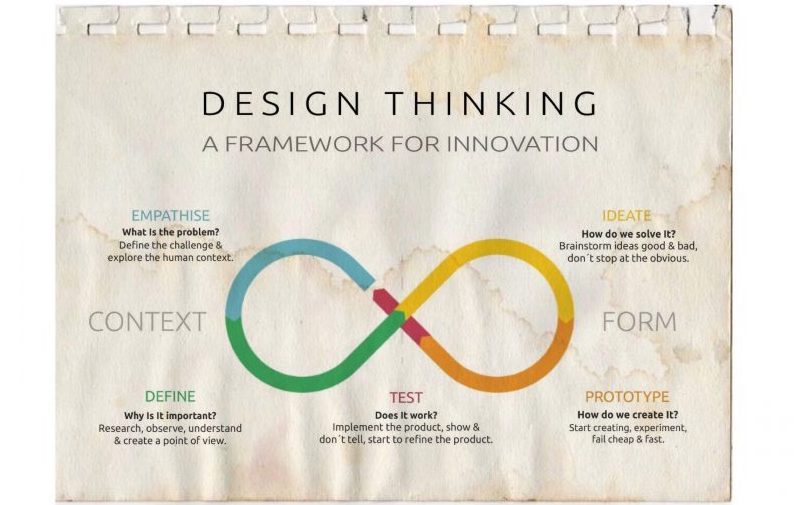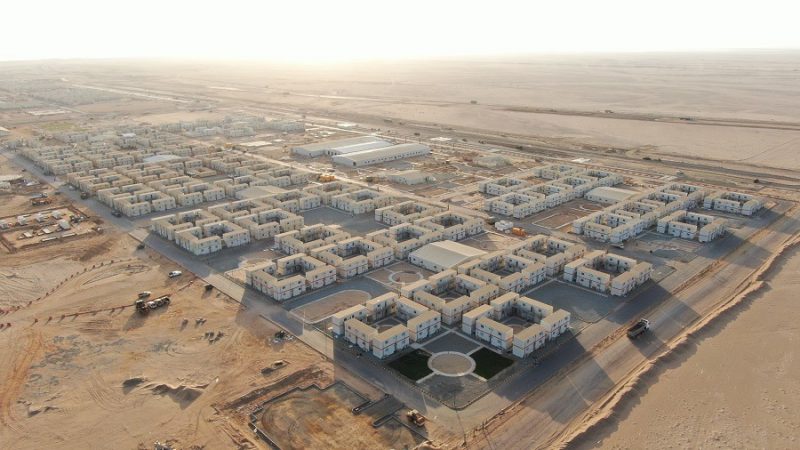Smart Growth for Smarter Urban Growth
Green

February 27, 2020, 4:28 am
The rapid pace of urbanization poses great threats to a sustainable future. Although cities cover only 2% of Earth’s surface, they are currently home for more than 55% of the world’s population, capture 80% of the global economic activities, and consume more than 75% of the global resources. According to the United Nations Department of Economic and Social Affairs (UNDESA) the number of people living in urban settings is projected to reach up to 68% of the global population by 2050. Continuous urban growth can cause erosion intensification, biodiversity loss, and habitat fragmentation leading to irreversible damage to urban ecosystems (depletion of natural resources, higher pollution levels, increased poverty, and other consequences of social deprivation).
Smart growth has emerged over the past decade as a sustainable urban planning and development approach to address the environmental challenges, economic disparities, and social inequities related to urban sprawl. Smart growth tend to support the following strategies:
- Compact Urban Development Patterns: This is a sustainable urban development approach that tends to promote the efficient utilization of building sites in order to control and limit the negative impacts of urban sprawl on the environment by minimising the infrastructure required per structure, reducing energy consumption, limiting pollution, and protecting natural areas.
- Mixing Land Uses Within Neighbourhoods: This strategy emphasizes developing neighbourhoods with variety of housing options, schools, parks, work offices, restaurants, shopping stores, and services that are all located within walking distance for residents and convenient for pedestrians. Mixed-use neighbourhoods aim to minimise the need for private automobiles and instead encourage walkability, thus reduce air pollution, improve public health, and minimise other negative effects associated with excessive use of private vehicles – such as noise and traffic congestions.
- Accessibility and provision of various transportation modes: This planning approach aims to promoting accessibility by providing a wide range of transportation modes for urban communities – such as sidewalks for pedestrians and bike lanes for cyclists, and multiple public transit options in addition to private vehicles access. Planning for better accessibility with a variety of transportation choices can shift the focus to using more affordable transportation modes and limit the regular use of private vehicles, leading to less pollutant emissions and better air quality. Additionally, walkable and transit-accessible communities improve access to better job opportunities and other services.
- Multiple housing options: Smart growth also supports the provision of various housing choices for diverse income levels, household sizes, and age groups within the same neighbourhood (mixed-income housing developments) to promote affordable housing.
- Reinvesting in existing neighbourhoods: Smart growth strategies encourage reinvesting in existing urban centres and re-developing vacant and underused areas such and empty lots within urban centres (also known as infill development) in order to focus growth in areas with existing infrastructure.
The smart growth strategies discussed above aim to make our urban communities environmentally healthier, economically more prosperous, and socially more equitable. The proper application of smart growth strategies can create sustainable urban forms that satisfy the multidisciplinary aspects of sustainability, as follows:
Resources Conservation and Healthy Environment
Compact mixed-use developments help to control urban sprawl, encourage walking, and minimise reliance on private vehicles in addition to reducing both the land and infrastructure required per structure. Furthermore, they contribute to resource conservation and lower the cost of public facilities.
Economic vitality
Compact developments with variety of housing options at a variety of price points within each neighbourhood would help maintain affordable housing prices. In addition, mixed-use neighbourhoods tend to create jobs, enhance business opportunities, advance economic competition, and offer better employment opportunities for residents, while the provision of multiple transportation options further increases access to job opportunities in surrounding areas.
Social Equity
In general, the smart growth concepts tends to enhance community cohesion, improve interactions among community members, and preserve their cultures. The provision of a variety of housing options enhances the concept of social equity within the communities where residents can remain in the community even as their housing needs change. It also addresses health and economic inequalities that face low-income communities.
Overall, smart growth provides a comprehensive and integrated approach to a better quality of life for urban communities with great emphasis on maintaining a balanced approach to satisfy the goals of sustainability – environmental, economic, and social goals. However, the increased resource efficiency due to smart growth planning strategies comes at a cost; limiting expansion and concentrating urban activities can increase land prices and property values in such urban centres. The provision of multiple transportation options in addition to adding sidewalks and bike lanes increase the development cost. Compact developments may also cause traffic congestions. Additional attention must also be paid to maintain good air quality and acceptable population density levels when planning for accessibility within compact communities. Planners and urban developers must balance the strengths and limitations of smart growth to achieve sustainable urban forms.
More information is available at:
United Nations Department of Economic and Social Affairs (UNDESA) Website: https://www.un.org/development/desa/
U.S. Environmental Protection Agency Website: https://www.epa.gov/smartgrowth
Smart Growth America Website: http://www.smartgrowthamerica.org/










